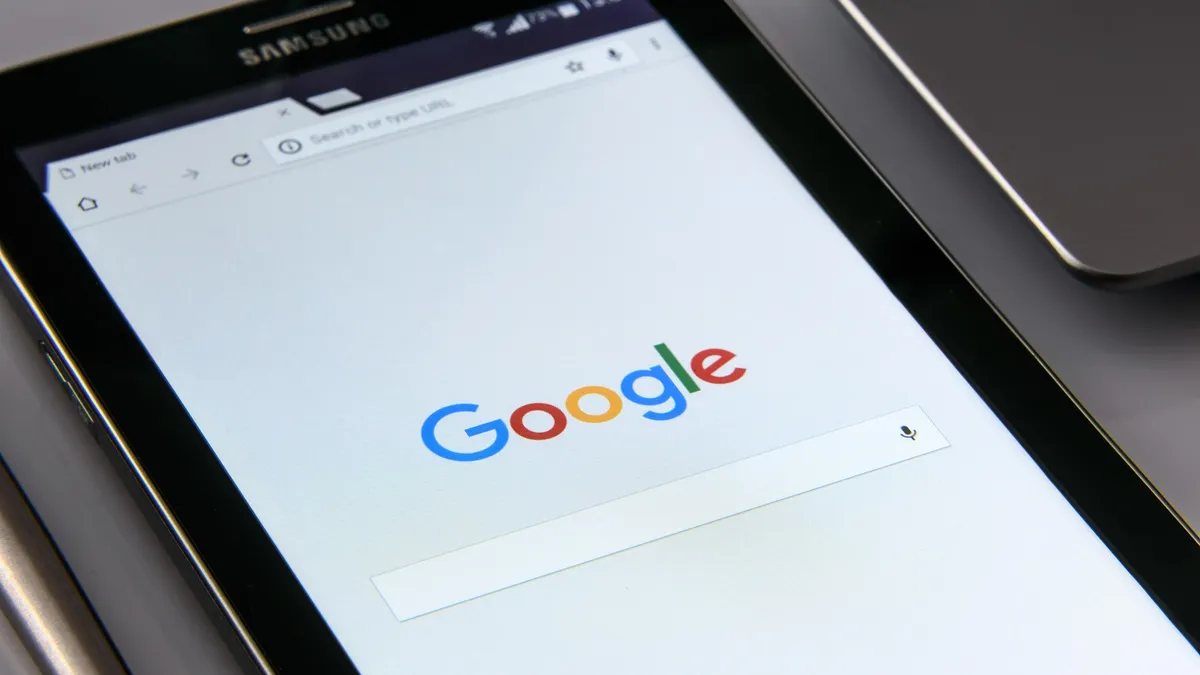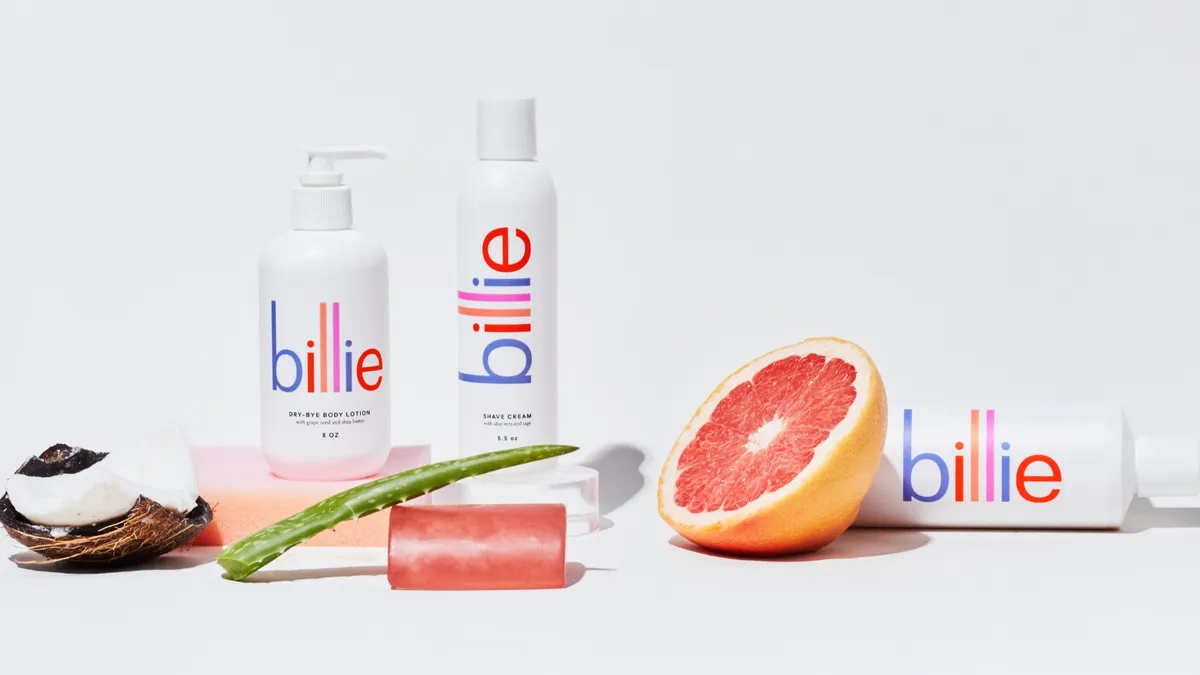Emojis are everywhere: in texts, news stories, ads, on social media, and even on Oxford Dictionary's Word of the Year list. In fact, Oxford Dictionary crowned an emoji, 😂 , as the word of the year in 2015, attributing its decision to a huge spike in the use of emojis and the word emoji itself.
But the uptick in emoji usage isn’t confined to younger demographics or social media. Oxford Dictionary went on to explain that emojis are “no longer the preserve of texting teens — instead, they have been embraced as a nuanced form of expression, and one which can cross language barriers."
In a blog post last January, Instagram revealed that ever since Apple added an emoji keyboard to iOS in 2011, emoji usage accounted for nearly half of all text on the photo-sharing platform. “On Instagram, emoji are becoming a valid and near-universal method of expression in all languages,” wrote Thomas Dimson, a software engineer on the Instagram Data Team.”
Emojis have become a mainstream part of communication, a shorthand for expressing emotion, making it increasingly important for marketers to understand, monitor and sometimes even use them in their messaging. What they could see in return is a different type of data that can reveal why consumers feel a certain way toward brands.
Using emoji marketing to get personal
The drivers behind the emoji explosion — growth in smartphone ownership and mobile messaging — have pushed marketers to find new ways to connect with consumers in fast, engaging and highly-personalized ways.
Many marketers are integrating emojis into their campaigns as a way to better tailor their messaging and reach target audiences.
Meghan McCormick, the social strategy director at marketing and communications agency Deutsch, told Marketing Dive that their clients are curious about emojis but it’s still a very new topic. Because there’s “no solid use case for them to compare,” emojis are still met with a dose of trepidation.
Deutsch is currently working on its first Instagram campaign with emojis with one of its clients, she said. Despite the detailed research presented in the initial strategy session outlining the benefits of emojis — such as higher engagement levels — the client wasn’t easily persuaded. McCormick explained they pitched the idea based on their research and insight into the target demographic, as they felt it was important to include emojis in some capacity.
“It was a very deliberate decision on our end to be able to really immerse ourselves in that community, so as to engage with [the audience] on a more personal level,” she said.
Emoji marketing isn’t uncharted territory, but “no brand has it 100% figured out,” she said. It’s an area that’s still at the experimentation stage, which allows brands more creative freedom.
Some of the brands that have carried out innovative emoji marketing campaigns are more established, “which gives them the leniency to be more playful,” McCormick explained. That’s not to say that smaller or lesser known brands can’t have fun with emojis; it’s just easier for the bigger brands because they already have a relationship with the consumer.
How brands are using emoji marketing
Successful use of emojis requires knowing your audience.
A few cases in point: GE last year developed an emoji “periodic table of experiments,” dubbed Emoji Science, and even got Bill Nye the Science Guy in on the fun.
Domino's Pizza came out with a new way to use emojis. The pizza chain created a way to let consumers order pizza via text message using the emoji 🍕. The campaign, developed by ad agency Crispin Porter + Bogusky, was so successfully innovative – Domino's managed to get 500 people to try it out on the first day and received a lot of attention from media outlets – that it won the Cannes Lions Titanium Grand Prix for most breakthrough idea of the year last summer.
Pepsi issued its own PepsiMojis, in an attempt to connect traditional and digital marketing, as well as target younger demographics. Coca-Cola became the first brand to get a custom emoji on Twitter. And Taco Bell launched a social media emoji campaign specifically designed to celebrate the long-awaited release of the taco emoji: 🌮.
Attention: @Unicode approved the #TacoEmoji. Final step: iOS and Android adding it to our keyboards. pic.twitter.com/lFdXOlBhyP
— Taco Bell (@tacobell) June 17, 2015
For the #TacoEmojiEngine campaign, fans who tweeted the brand with the taco emoji and a second emoji, such as a smiley face with sunglasses, would receive a tweet featuring a mashup of the two emojis (in this case, a taco wearing sunglasses) in return.
Though established brands like Taco Bell might have more room to be playful with their campaigns, McCormick said it doesn’t mean other brands can't experiment with emojis.
What these examples and others can help do is encourage other brands to test the waters.
Testing the waters of emoji tracking
Tracking emojis for feedback and sentiment analysis is another way marketers can leverage the surge in popularity of emojis. Emojis can help fill in the gaps in language, adding nuance to messages that might come off flat with just text.
“Emoji use tends to be very contextual and relevant to current events,” Thomas Mathew, chief product officer at Zoomph, told Marketing Dive. “This makes emoji analysis very powerful for brands to understand instant emotional reactions.”
Zoomph provides social media listening capabilities for brands and recently debuted an emoji tracking feature that helps brands monitor how consumers are using emojis in reference to them. The two-year-old social analytics company said that the goal is to help brands reach broader audiences, build communities around specific emojis, and streamline their communications.
Mathew explained that historically social listening has been somewhat one-dimensional, but that “emojis can fill in the ambiguity between sentiments.”
Zoomph’s overall analysis of emoji usage echoes Instagram’s findings. In the last year, Zoomph tracked emoji usage on Instagram and Twitter, and found that on both platforms that it had gone up, though there was a steeper spike on the photo-sharing network than on the micro-blogging site.
Both social networks have introduced emoji hashtag features in the last year — Twitter’s emoji hashtag generates emojis at the end of specific branded hashtags while Instagram’s simply allows for emojis to replace text in the hashtag. In the same way that users can follow a hashtag to take the pulse of a particular conversation, brands can monitor those same conversations with emoji hashtags.
Though emoji analysis is still a fairly new concept, Zoomph's decision to move into emoji tracking shows how relevant these expressive icons can be for brands. Other iterations of emoji trackers are beginning to pop up.
Following Facebook's recent roll-out of emotion-based "Reaction" buttons, which allow users to react to posts through five new emojis in addition to the traditional "Like" thumbs up icon, social intelligence platform Unmetric added the new buttons to its social media analytics product. With this move, Unmetric will be able to mine consumers' reactions to branded posts on Facebook for insights into brand sentiment.
"The best marketing content strikes an emotional chord and evokes a visceral response. Adding Facebook Reactions tracking to our platform will help brands better understand their audiences and adjust their strategy accordingly," Unmetric CEO Lux Narayan said in a statement.
Emojis are 'fast data'
Sentiment is one form of insight marketers can glean from the way they and their target audiences use emojis. Beyond sentiment, brands may even be able to learn the “why” behind the feeling.
“It's tempting to see them as cute and fun, which they are, but there's a huge data implication around emojis,” Rob Pace, founder of tech platform HundredX, told Marketing Dive.
HundredX recently launched an app called ExpresIt that uses emojis to understand users' feedback. Think of the new app as a micro-survey that allows consumers to respond with feedback via emojis. The main options are the smiley face and the sad face, but there's also an "other" option, which allows consumers to speak volumes based on the emojis — or lack thereof — they send back.
When it comes to getting user feedback, emojis provide a friendly user experience and are easier to analyze, Pace said. By tracking consumer usage of and collecting consumer feedback via emojis, marketers can get feedback quickly, a sort of "fast data revolution."
“One of the great virtues of emojis is you get more people to participate,” he explained.


















